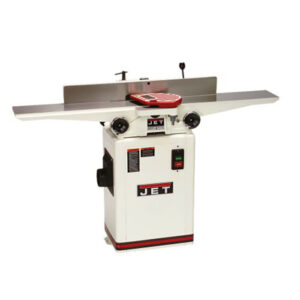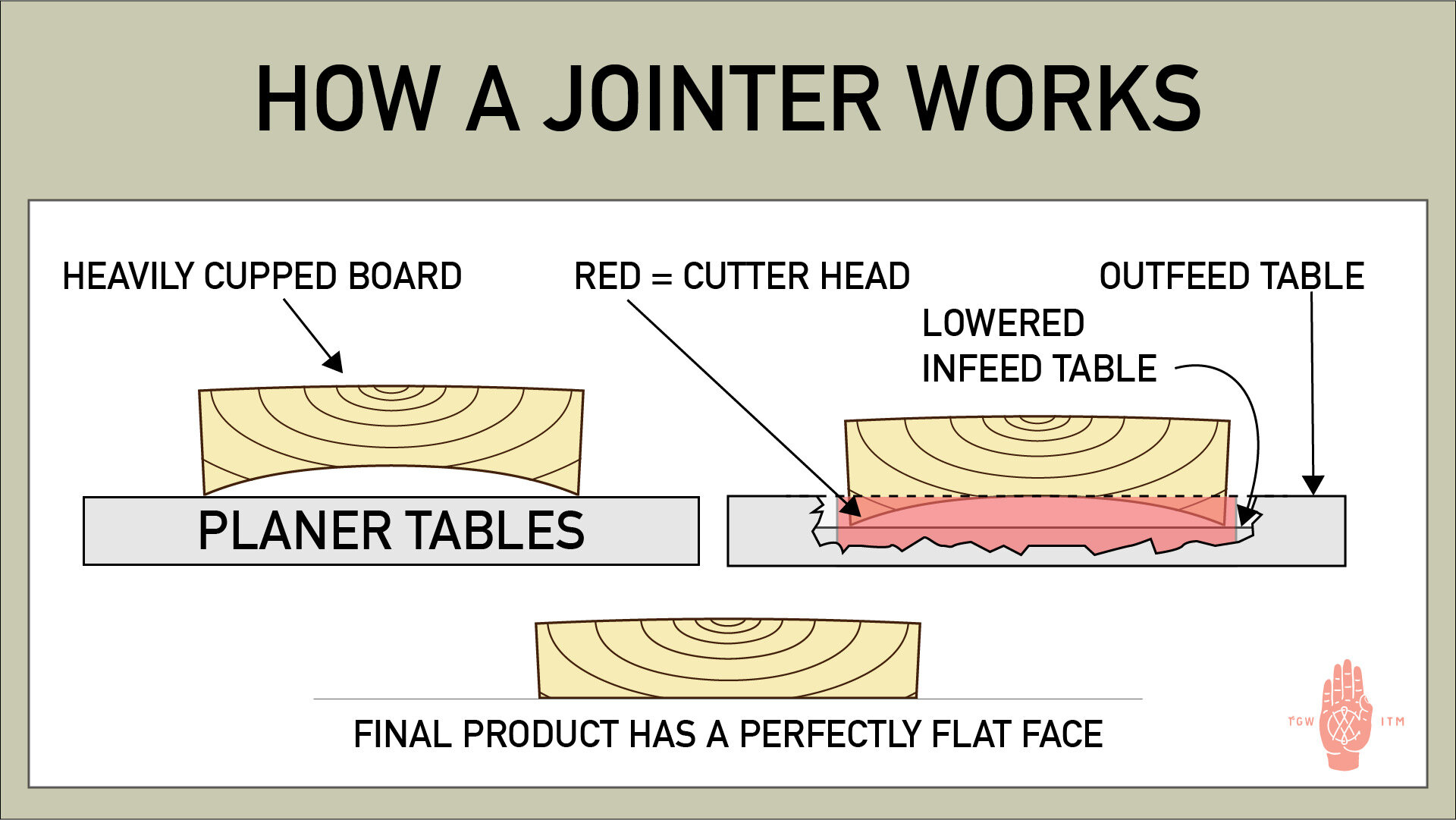Yes, you need a jointer if you work with wood. A jointer helps you create flat surfaces on rough or warped wood.
It’s essential for precise woodworking. Woodworking often involves dealing with rough, uneven, or twisted wood. A jointer is a tool that can save you time and effort by making these surfaces flat and square. It ensures that your wood pieces fit together perfectly, which is crucial for any project.
Whether you are a hobbyist or a professional, understanding the importance of a jointer can elevate your woodworking skills. This tool can transform how you work with wood, leading to better results and more satisfaction in your projects. Let’s explore why a jointer might be the next tool you need.

Credit: www.jasonbrownwoodfloors.com
Introduction To Jointers
A jointer makes wood flat and straight. It is great for fixing twisted wood pieces. Flattening is the main job of a jointer. It also helps to make edges smooth. This is important for wood projects. If wood is not straight, it can be hard to work with. So, a jointer is a handy tool in a woodshop. Wood pieces fit together better when they are flat. This is why many woodworkers love using jointers.
| Component | Function |
|---|---|
| Infeed Table | Where wood is placed before cutting |
| Outfeed Table | Supports wood after cutting |
| Fence | Keeps wood straight while cutting |
| Cutting Head | Contains blades that cut the wood |
Benefits Of Using A Jointer
A jointer helps make wood surfaces flat and smooth. It removes warps and twists in the wood. This makes your projects look better. Flat surfaces are easier to work with. They fit together perfectly. This tool saves time and effort.
Edges become straight and clean with a jointer. It helps in making perfect joints. Your wood pieces will align better. This improves the strength of your project. Clean edges also look more professional. Using a jointer ensures high-quality results.
When To Use A Jointer
A jointer is essential for creating flat surfaces on wood. It ensures edges are smooth and square. Use it when straightening rough or warped boards.
Ideal Wood Types
A jointer works best with hardwoods like oak, maple, and walnut. These woods need straight edges for perfect joints. Softwoods like pine and cedar can also be used. But, they are easier to work with by hand. Plywood is not ideal. It can damage your jointer blades. Exotic woods like teak and mahogany are good too. They are often expensive. So, a jointer helps avoid waste.
Common Projects
Jointers are great for making tabletops and cabinet doors. These projects need flat and straight boards. Bookshelves and benches benefit from straight edges too. Picture frames need precise joints. A jointer helps create these. Cutting boards also require flat surfaces. A jointer ensures they are smooth and even. Stair treads must be straight for safety. A jointer helps achieve this.

Credit: www.reddit.com
Alternatives To A Jointer
Hand planes are great tools for smoothing wood. They are easy to use. You can carry them anywhere. They do not need electricity. Hand planes come in different sizes. Each size has a special use. They are perfect for small projects. You can control them well. They make wood surfaces very smooth. Hand planes are also cheaper than jointers. They are a good choice for beginners. You can learn to use them quickly.
A table saw can also act like a jointer. Use a straight-edge jig. The jig helps cut straight lines. This method works well for long boards. Table saws are very powerful. They cut wood fast. They save a lot of time. You can make many cuts quickly. Table saws are great for large projects. They are more expensive than hand planes. But they are very versatile. You can use them for many tasks. They are a good investment for serious woodworkers.
Choosing The Right Jointer
A smaller jointer is good for small projects. Larger jointers handle big pieces of wood. Think about your workspace. A large jointer needs more room. A small one fits in tight spaces. Also, check the cutting width. For big boards, you need a wider cutter.
Look for sturdy construction. A strong jointer lasts longer. Check the cutting depth. Deeper cuts save time. Make sure the fence is adjustable. This helps with different angles. A dust collection system keeps your area clean. It’s a big help. Safety features are important too. Look for guards and emergency stops.
Proper Jointer Maintenance
Jointer blades should be kept sharp. Dull blades can damage wood. Sharpen or replace them regularly. Inspect blades before each use. Look for chips or nicks. Clean blades to remove sap and resin. Use a blade cleaner for best results.
Keep your jointer clean. Dust and debris can cause problems. Wipe down surfaces after use. Use a brush to remove sawdust. Pay attention to moving parts. Lubricate them to prevent rust. Check the fence for alignment. Adjust as needed for accuracy.
Safety Tips For Using A Jointer
Using a jointer requires safety precautions. Always wear safety glasses and ear protection. Keep hands away from the cutter head to avoid injury.
Protective Gear
Wear safety goggles to protect your eyes from dust and debris. Use hearing protection to avoid ear damage from loud noise. Always wear gloves to protect your hands from sharp edges. A dust mask keeps harmful particles out of your lungs. Wear non-slip shoes to prevent falls. Long sleeves should be avoided as they can get caught in the machine.
Safe Operation Practices
Always read the manual before using the jointer. Check that all safety guards are in place. Keep your hands and fingers away from the cutter head. Use a push stick to guide the wood. Never adjust the machine while it’s running. Turn off and unplug the jointer before cleaning or making adjustments. Ensure the work area is clean and well-lit.

Credit: craftswright.com
Frequently Asked Questions
What Is A Jointer Used For?
A jointer is used to flatten and square the edges of wood. It helps in creating smooth, straight surfaces for better joint connections.
How Does A Jointer Work?
A jointer uses rotating blades to shave off wood layers. This process flattens and straightens the wood for precise joinery.
Do I Need A Jointer For Woodworking?
A jointer is essential for achieving flat, straight wood surfaces. It ensures better-fitting joints and professional-quality woodworking results.
Can I Use A Jointer For Small Projects?
Yes, a jointer can be used for small projects. It improves the precision and quality of your wood edges and surfaces.
Conclusion
Deciding on a jointer depends on your woodworking needs. Consider your projects and budget. A jointer improves wood edges and surfaces. But, it’s a big investment. Evaluate your workshop space. Think about other tools you own. Sometimes, a planer or hand tools work just as well.
Research and compare options carefully. A jointer is valuable, but not always necessary. Choose what fits your woodworking journey best. Happy woodworking!

